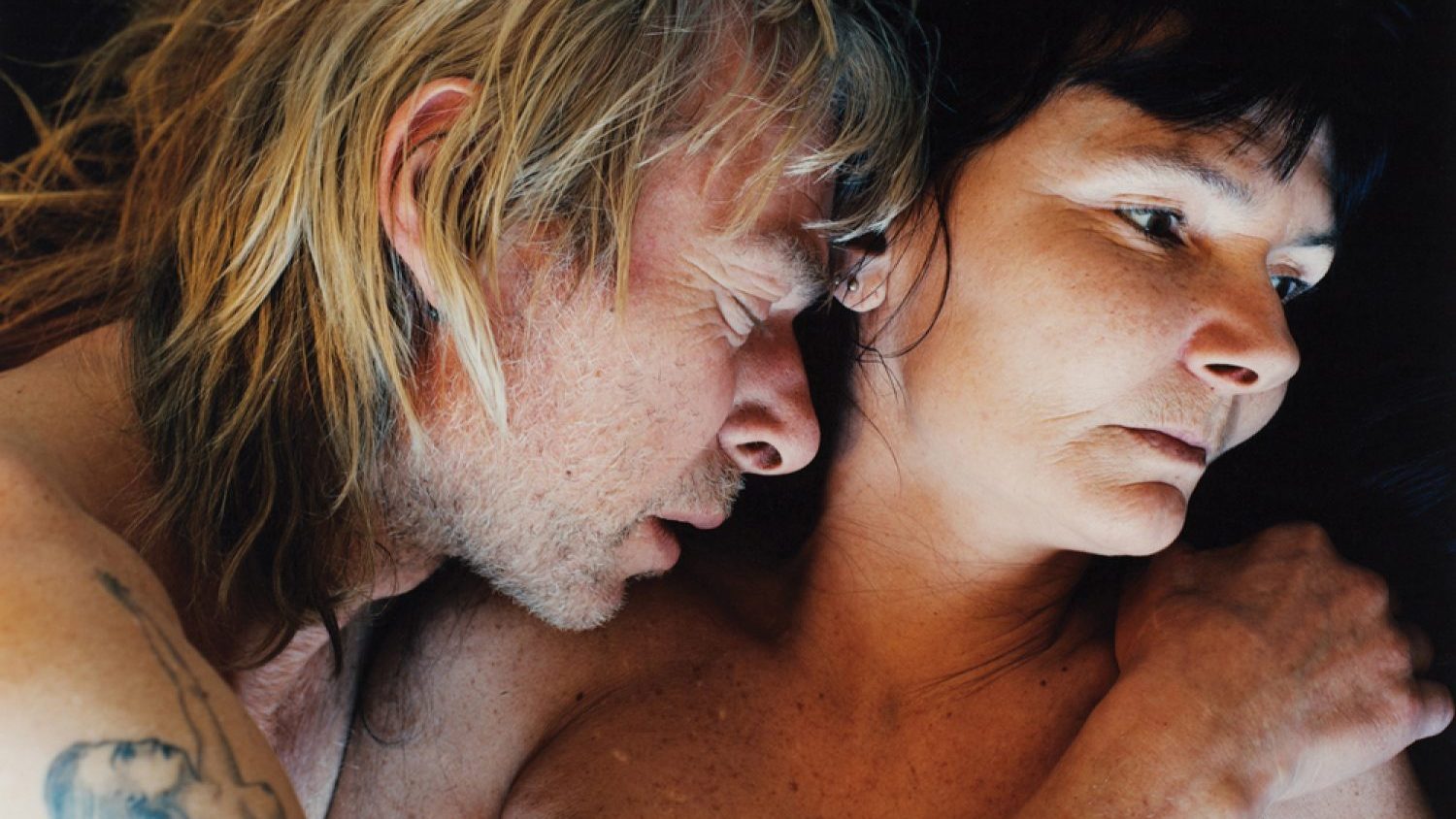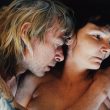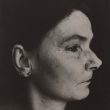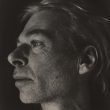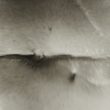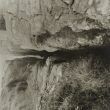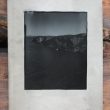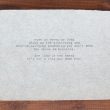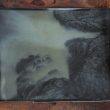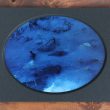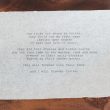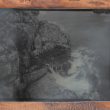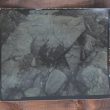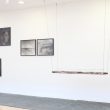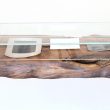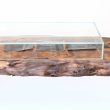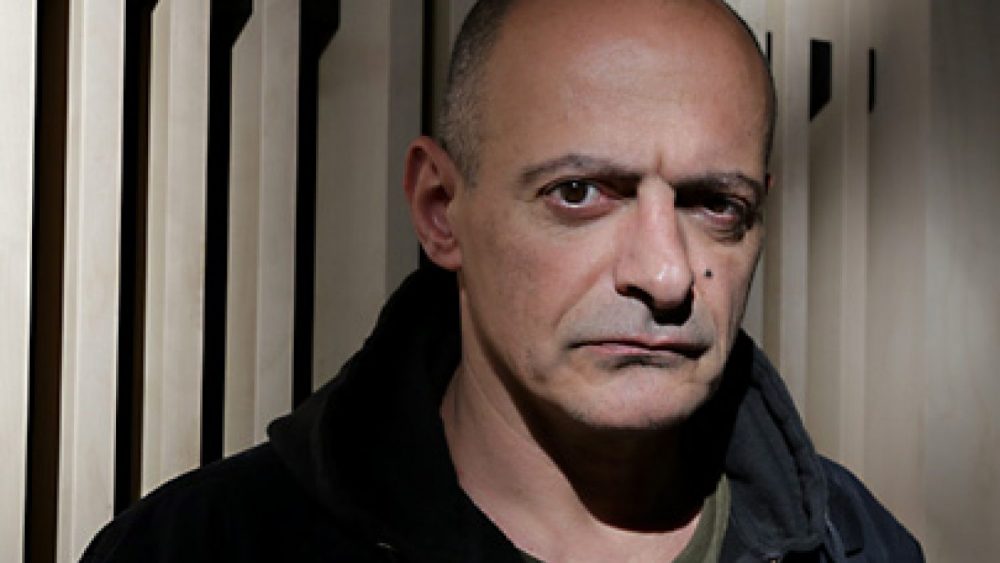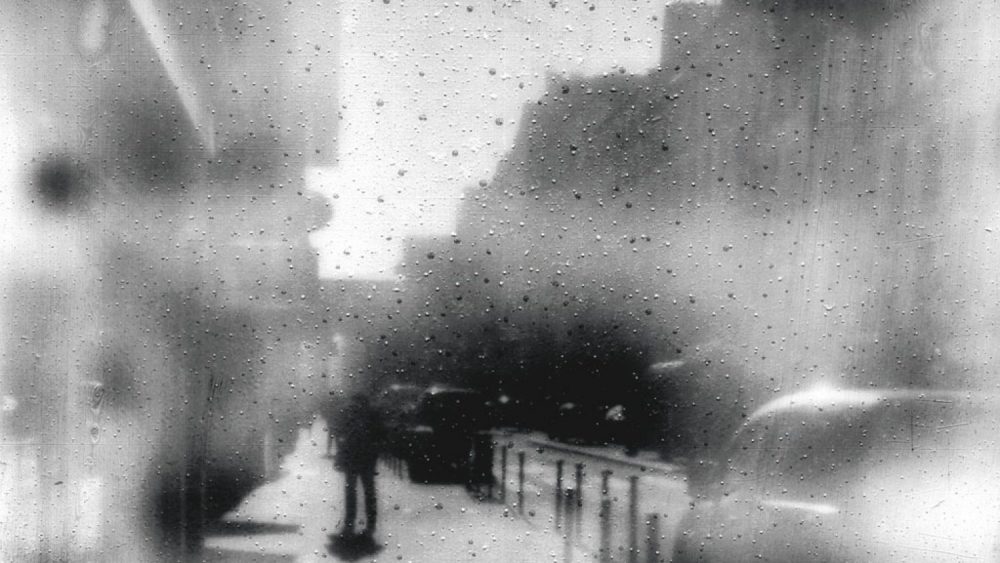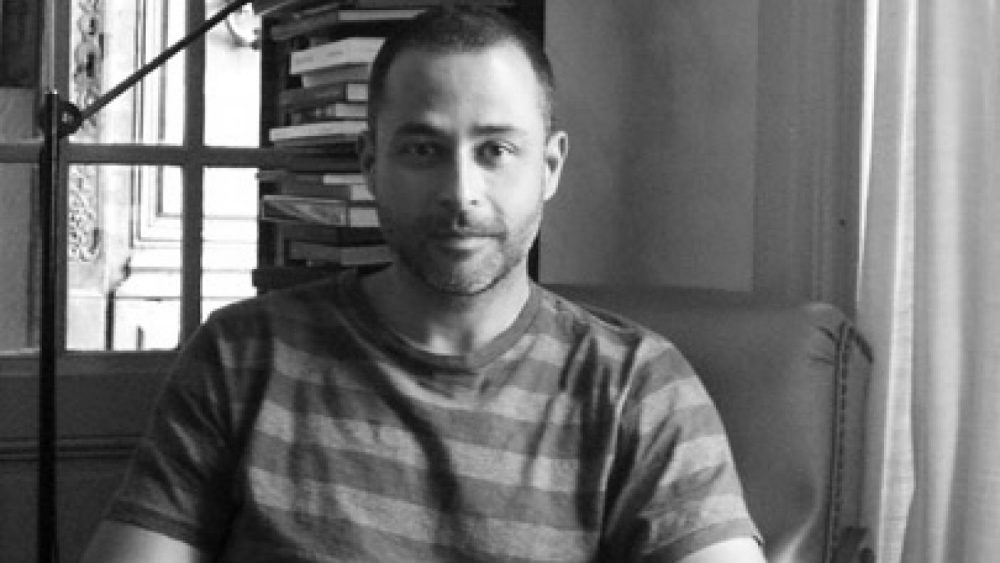Silje Lovise Gjertsen
Silje Lovise Gjertsen (1987) is a Norwegian artist currently based in London. She recently graduated from the London College of Communication with a Bachelor’s degree in Photography and started her MA in Photography at the Royal College of Art this autumn.
Gjertsen’s life has been affected by family illness since she was a child, her mother having been hospitalised for extended periods of time, and more recently her father having been diagnosed with lung cancer. Her project It rains./ It rains salty drops from the sea/ Uncontrollably, it rains. explores mortality by looking at the body in pain, and attempts to ask how we regard and feel the pain of others, and how that pain can become our own pain.
With this work Gjertsen returned to the landscape where she grew up, on the west coast of Norway, “where the weather and the sea are rough and have made their marks on the land – just as life makes its marks on the human body.” Fractions of this landscape are imported into It rains… next to the portraits of Gjertsen’s father and mother. A piece of raw yew wood – resembling driftwood washed up by the sea — complements the prints. Within the vitrine sitting atop the wood are six small photographs and fragments of poetry. Among these fetishized photo-objects lays a blue photograph of the frozen sea captured in an oval; bricks and branches try to break free from the ice. “In Black and Blue, Carol Mavor suggests that a bruise is often in the form of a circle; and this blue circle of ice is my bruise.”
What is it that interests you in photography as a medium?
I’ve always had an interest in photography, but I didn’t start making images in the way I do now until about three years ago. For as long as I can remember I was obsessed with old photographs, but it took me a long time to realise that photography was the medium that I could best express myself through. I’ve always enjoyed working with my hands, and I’d previously worked towards becoming a fashion designer. I would always photograph my creations, but I didn’t know anything about photography’s technical aspects. When I was accepted into the London College of Fashion (LCF) in 2009, I discovered the world of fine art photography, and I was drawn towards it like a magnet. I realised that photography was where I wanted to be, so I applied to the London College of Communication and was accepted into the Photography BA. It was the scariest and the best decision I’ve ever made. I threw myself into the world of analogue photography and I’ve never looked back.
What fascinates me most about photography is that it allows me to portray my version of ‘truth’. What we see in a photograph is never a true depiction of reality; it is reality seen through the photographer’s eyes, and that is what makes it so exciting for me. It is an amazing tool for me to create my own world in which there are endless possibilities. I love the slow process that I use to create a photograph, especially when shooting with large format cameras. Time slows down and allows me to stop and see, think, and breathe. My absolute favourite part of the whole process is the printing. Spending time in the darkroom lets me enter this other space inside myself, and that’s where I discover the meaning of each photograph and how it needs to be. For me photography is true handcraft.
What camera do you use?
I mostly use a wooden 5×4 large format field camera. For one of my previous projects I also worked with a 5×4 pinhole camera, which was very interesting, as it’s much more difficult to visualise how the negative will turn out while you’re taking the photograph, and I find this unpredictability quite exciting.
You said that you spend hours of experimenting in the darkroom. Could you tell more about it? Is it important for you to explore the materiality of the photograph?
Yes, absolutely, it is one of the most important aspects for me. Like I mentioned earlier, working with my hands has always been a passion, and working in the darkroom allows me to do just that. For me the photograph is more than just a flat image. I view my works more as objects that carry a story. But I don’t have any rules or recipes when I make my work. I treat each image as its own, and I spend a lot of time deciding on which size, paper, surface and technique to use to best communicate what I want to say with that image. Some of my works are heavily treated in the darkroom. I’ll spend hours or days with each print experimenting with chemicals and techniques, allowing them to darken and fog and for happy accidents to occur. I love when a chance brings something extra to the image, and sometimes I get the most amazing surprises when I reveal the prints to daylight for the first time. Other pieces are printed more ‘traditionally’, but then the decision of paper, tone and contrast is the key.
Could you tell a bit about your experience of studying at the LCC. Why did you choose to go to study in England?
I decided I wanted to study at the LCF when I was 17. I felt it was important for me to go abroad to study, as I knew it would benefit me in many ways. The choices for studying fashion design in Norway were limited, so London seemed tempting and exciting, with its huge art and design scene.
Studying at the LCC has been a great foundation, as it created a platform for me to find my artistic voice and style. The Photography BA is heavily academic and theoretical, and is focused more on fine art photography rather than commercial photography. It focused on the conceptual aspects, on the discourses and philosophy behind photography, which was great for me and taught me to think about my work in a new way. There were some fantastic tutors on the course, many of whom are practising artists such as Esther Teichmann, Tom Hunter and Lauren Winsor. Another great part of the course was the weekly artist’s talks which hosted big names in the art and photography world.
Have you made any projects in England or do you mainly shoot in your native Norway?
London is highly inspirational for me in terms of the vibrant art environment, but I find my true inspiration and source of subject matter at home in Norway. My process usually involves researching and thinking in London, and then traveling back to Norway to shoot my pictures. One project that I did shoot in London was Before you I lay…. This is a series of close-up portraits, so the specific geographical location was less important.
Life in London is fast, and good for creativity and being among like-minded people. But if I didn’t have my regular trips home to Bergen, where the tempo is of another world, I wouldn’t last long in London! I am too dependent on and used to the nature, silence, and space that I have known since I was young. My heart will always be in Norway, with my family and friends, and also very importantly with the natural environment. So I am looking forward to moving back one day, to hopefully become part of the art scene there, and to try out the whole creative process there with all my inspiration at hand, although I know I will miss London terribly and will come back to visit it regularly.
